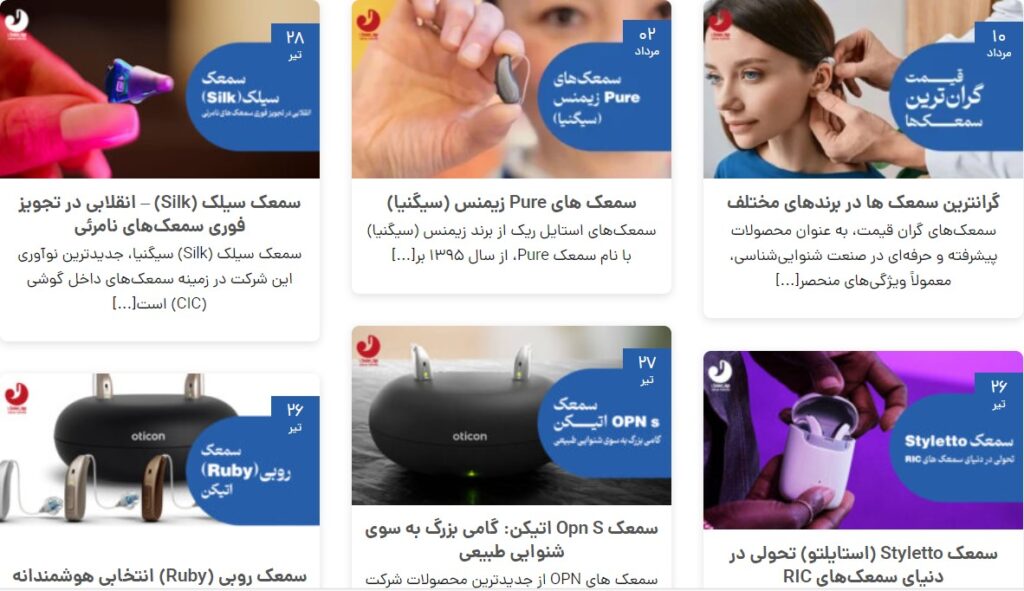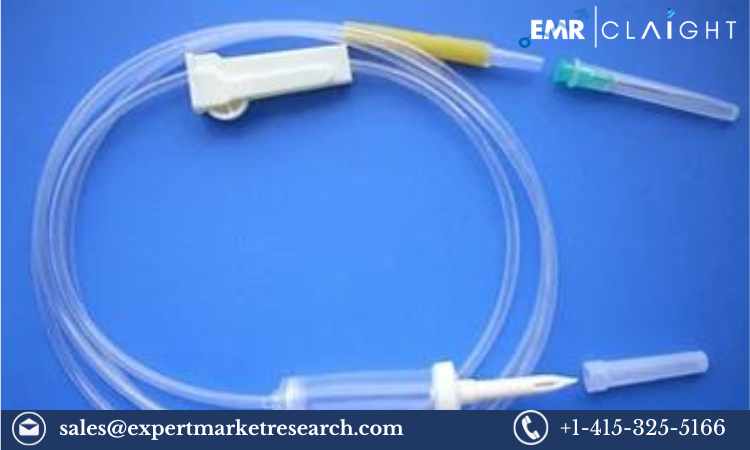The evolution of hearing aid and auditory assistive devices represents a remarkable revolution in the field of audiology. Over the past few decades, technological advancements have significantly transformed the design, functionality, and effectiveness of these devices. This article explores the key milestones in the development of hearing aids, the impact of modern technology, and the future of auditory assistance.
The Evolution of Hearing Aids
- Early Devices
The history of hearing aids dates back to the 17th century, with early devices consisting of rudimentary ear trumpets. These simple, funnel-shaped devices amplified sound through a large opening, directing it into the ear canal. While they provided some benefit, their effectiveness was limited by their size and the need for significant manual adjustment.
- The Advent of Electronic Hearing Aids
The 20th century marked a significant leap in hearing aid technology with the introduction of electronic hearing aids. The first electronic hearing aids, developed in the 1920s, utilized vacuum tube technology to amplify sound electronically. This advancement offered improved sound clarity and volume control compared to earlier mechanical devices.
- Miniaturization and Digital Technology
The 1990s saw the introduction of digital hearing aids, which marked a new era in auditory assistance. Digital hearing aids use microprocessors to process sound signals, allowing for more precise amplification and customization. The miniaturization of components also led to the development of smaller and more discreet devices, making hearing aids less noticeable and more comfortable for users.
Modern Innovations in Hearing Aids
- Smart Hearing Aids
The latest revolution in hearing aid technology involves the integration of smart features. Smart hearing aids incorporate advanced digital signal processing, artificial intelligence (AI), and wireless connectivity. These devices can automatically adjust settings based on the listening environment, provide real-time feedback, and learn from user preferences to optimize sound quality.
- Wireless Connectivity
Modern hearing aids often include Bluetooth technology, enabling users to connect their devices directly to smartphones, televisions, and other Bluetooth-enabled gadgets. This connectivity allows for seamless streaming of audio content, hands-free phone calls, and remote control of hearing aid settings through smartphone apps. The convenience of wireless connectivity enhances the overall user experience and integrates hearing aids into daily life more effectively.
- Health Monitoring and Integration
Some of the most advanced hearing aids now feature health monitoring capabilities. These devices can track physical activity, heart rate, and even provide insights into cognitive health. By integrating with other health technologies and apps, smart hearing aids offer a comprehensive approach to managing overall well-being, not just auditory health.
- Advanced Noise Reduction and Directional Microphones
Modern hearing aids are equipped with sophisticated noise reduction systems and directional microphones. These features improve speech clarity by minimizing background noise and focusing on the sounds that matter most. Directional microphones enhance the user’s ability to understand speech in challenging listening environments, such as noisy public spaces or crowded gatherings.
- Customizable and Personalized Settings
Advancements in technology have made it possible to personalize hearing aids to individual preferences and hearing needs. Users can customize settings such as volume, frequency response, and program modes to suit different listening environments. This level of personalization ensures that hearing aids provide optimal performance for each user’s unique hearing profile.
The Impact of Hearing Aid Innovations
- Improved Quality of Life
The advancements in hearing aid technology have dramatically improved the quality of life for individuals with hearing loss. Modern hearing aids enhance communication, social interaction, and overall well-being by providing clearer and more natural sound. Users experience less strain and fatigue associated with hearing difficulties, leading to greater participation in social and professional activities.
- Enhanced Accessibility and Integration
The integration of wireless technology and smart features has made hearing aids more accessible and user-friendly. The ability to connect to various devices and control settings through smartphone apps simplifies the hearing aid experience and integrates it seamlessly into everyday life. This accessibility empowers users to manage their hearing needs more effectively.
- Early Detection and Preventive Care
Advanced hearing aids with health monitoring features offer the potential for early detection of health issues and preventive care. By tracking biometric data and integrating with health management systems, these devices provide valuable insights that can contribute to proactive health management and early intervention.
The Future of Hearing Aid Technology
The future of hearing aid technology holds exciting possibilities, including further advancements in AI, machine learning, and integration with emerging technologies. Future hearing aids may offer even greater levels of personalization, enhanced connectivity, and more sophisticated health monitoring capabilities. Continued research and innovation will drive the next generation of hearing aids, further improving auditory assistance and overall quality of life for individuals with hearing loss.
The revolution in hearing aids and auditory assistive devices represents a significant advancement in the field of audiology. From early mechanical devices to the latest smart hearing aids with advanced technology, the evolution of hearing aids has transformed the way individuals experience and manage hearing loss. As technology continues to advance, the future promises even greater improvements in auditory assistance, offering enhanced quality of life and well-being for those with hearing impairments.
For those seeking the latest in hearing aid technology and personalized hearing solutions in Tehran, Jahan Samak(https://jahansamak.com) offers a range of advanced hearing aids to meet your needs and improve your auditory experience.





